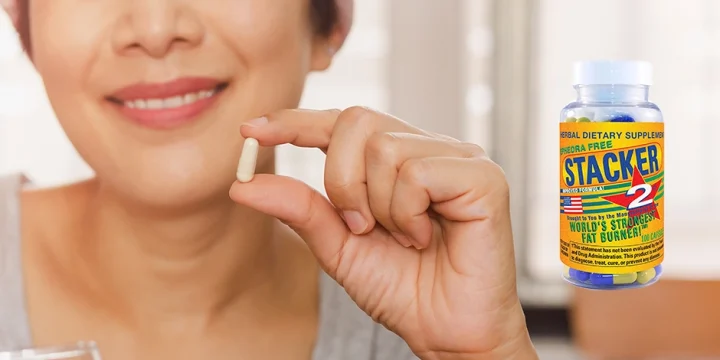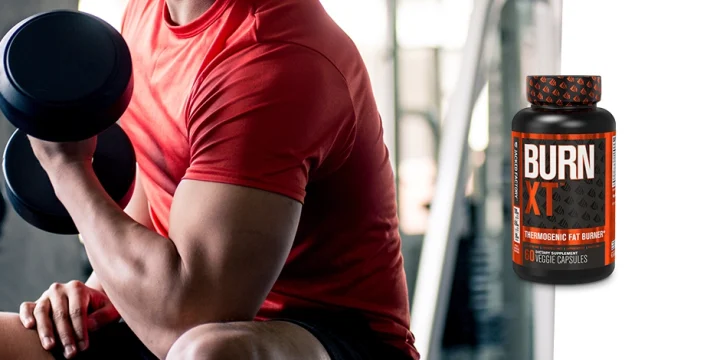Imagine if your weight loss efforts could be revealed not through exhaustive tracking, but by something as simple as a basic bodily function.
As a physician specializing in internal medicine, I will help you understand the effects of fat metabolism on urine color.
If you have been trying to lose weight and want to determine if your workout is effective, the answer lies in the shade of your urine.
Quick Summary
- Fat in urine as a result of the fat loss process makes urine change color from bright to dark yellow.
- The color of urine changes depending on your health, the time of the day you ate, and the amount of water in your system.
- It's impossible to measure the fat levels in your urine, but you can measure the ketone levels.
-
While scientific tools provide accurate insights, simply observing your urine can often be surprisingly informative, offering a quick and practical health check that, in some aspects, rivals modern health trackers.
What Color Is Urine When We Burn Fat?
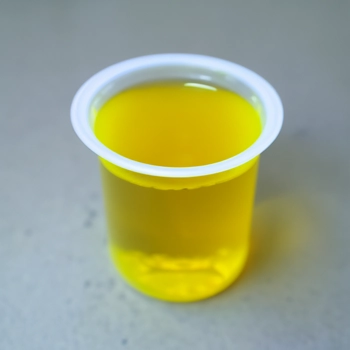
When we burn fat, the color of urine changes to bright or dark yellow.
I've seen firsthand how the body burns fat through a series of metabolic activities from my own experience working with patients. During the process, fatty residues are disposed of by the body as byproducts.
The body burns fat through a series of metabolic activities. During this process, fatty residues are disposed of by the body as byproducts.
Most of the byproduct is oxidized and breathed out of the body as carbon dioxide. The remaining residue is excreted through sweat and urine.
Under normal circumstances, the color of urine ranges between yellowish-pale and a clear hue.
Reflecting on my initial years of medical observation and research, I observed that when the body is in an active state of fat metabolism, urine can exhibit changes in hue, either becoming brighter or darker. This was a telling indicator; however, I also discerned that such variations could be linked to dehydration.
Assuming that you’re getting enough liquids into your system, this color change can be associated with good news.
What Does Your Urine Color Mean?
The color of urine constantly changes depending on what you eat, the time of day, current health conditions, and the amount of water in your system.
Beyond color, other urine factors such as odor, density, and even frequency of urination can also reveal significant insights into your overall health.
For instance, the excessive accumulation of visceral fats is linked to symptoms such as overactive bladder in females [1].
Interestingly, the consumption of certain supplements can influence the color of your urine. I once had a patient freak out when their urine appeared yellow-green. However, I assured them that there was no cause for concern. This was a harmless side effect of B-vitamin supplement intake.
Below are the most common urine colors and what they mean.
Red or Pinkish
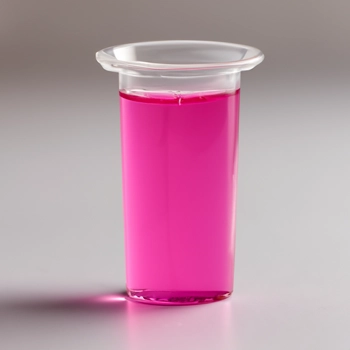
While you’re prone to associating it with blood, there’s no need to freak out if you notice that your urine is a reddish color. Some causes of red and pinkish urine include:
- Foods - beets, berries, and rhubarb can cause your urine to be reddish.
- Medication - drugs such as Pyridium, Rifadin, and laxatives containing senna.
- Blood - while rare, having blood in your urine can signal a more serious complication such as kidney infections, injury from extreme exercise, or even cancer.
If you notice red urine and you have not eaten any reddish foods, the best call is to seek medical intervention as soon as possible.
Brown
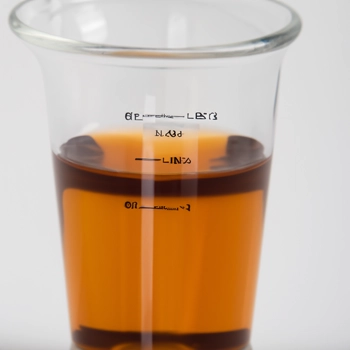
Dark brown urine may be a result of:
- Medications like laxatives that contain cascara, antimalarial drugs (chloroquine and primaquine), and antibiotics that can cause urine to darken. Certain medications used in the treatment of bladder infections and some chemotherapy drugs can also alter urine color.
- Health conditions such as liver complications, kidney problems, and urinary tract infections may cause the color. Liver issues, especially those involving bile duct obstruction, can lead to dark brown urine.
Medium to Dark Yellow
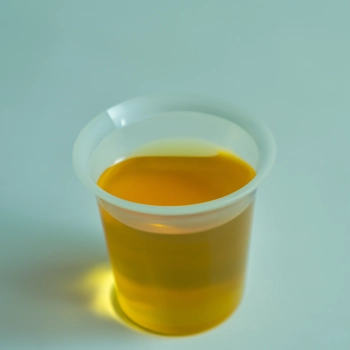
Medium yellow or darker yellow pee is an indicator of dehydration. The more dehydrated your body gets, the darker your urine. As mentioned above, it may also indicate that your body is shedding fat cells.
Our urine naturally contains a yellow pigment due to the concentration of waste products that our kidneys filter.
This pigment concentration is high when there is not enough water in our system, which means our kidneys are struggling to filter out these waste products.
Dark urine can also be an indicator that you're making progress in your fitness. More often than not, following an intense workout, I notice my urine appearing darker than usual, but it gets back to normal by the following day.
To fix this issue and allow your body to function at its best, make sure you drink enough water and stay hydrated throughout the day.
Pale Yellow to Clear
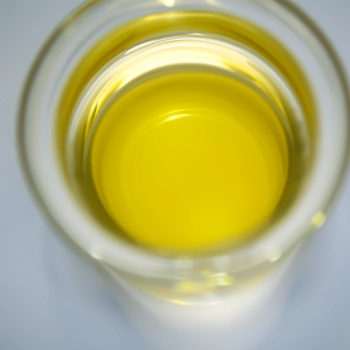
Normal urine falls into this color range. Factors that can affect its hue include the time of day and your hydration levels.
Clear urine is typically more seen during the day than in the morning.
It’s because our bodies have just woken up from a long night’s sleep and are not adequately hydrated. It's why drinking water first thing in the morning is a must. You sweat during sleep, so your body needs to regain its lost hydration.
How Can You Measure Fat in Your Urine?

No, it's impossible to measure the amount of fat present in your urine. The best approach is to measure ketone levels.
See, during the breakdown of fats for fuel, the body releases ketones as a byproduct of the process.
Regardless of whether you are on a low-carb diet, high-fat diet, or keto diet, these ketone levels will indicate weight gain or loss as you progress.
To test your urine for ketones, you can use urine strips available as an over-the-counter testing package. Here's the procedure:
- Collect urine in a small collection container midstream.
- Dip the absorbent end of the urine strip in the sample for 3 seconds.
- Hold up the strip for 60 seconds, then observe the color change against the chart provided on the package.
If you intend to check ketone concentration day-to-day, make sure you stick to a specific time of day for consistency.
“Ketonuria in subjects with stable entered ketosis is highest and can be most reliably detected in the early morning and post-dinner urine [2].”
- Paul Urbain, Clinical Researcher
FAQs
How Does Fat Leave the Body?
As we gain fat, 80% of fat becomes oxidized and gets breathed out as we exhale. The remaining 20% of fatty acids are disposed of through bodily fluids such as sweat and urine.
Can Your Urine Signal Fat Burning?
The color of your urine can indeed signal that fat-burning processes are underway.
A good indicator of weight loss is the presence of ketones and a urine color of bright or dark yellow.
References:
- https://www.ncbi.nlm.nih.gov/pmc/articles/PMC50973
- https://www.ncbi.nlm.nih.gov/pmc/articles/PMC5097355/
About The Author
You May Also Like

